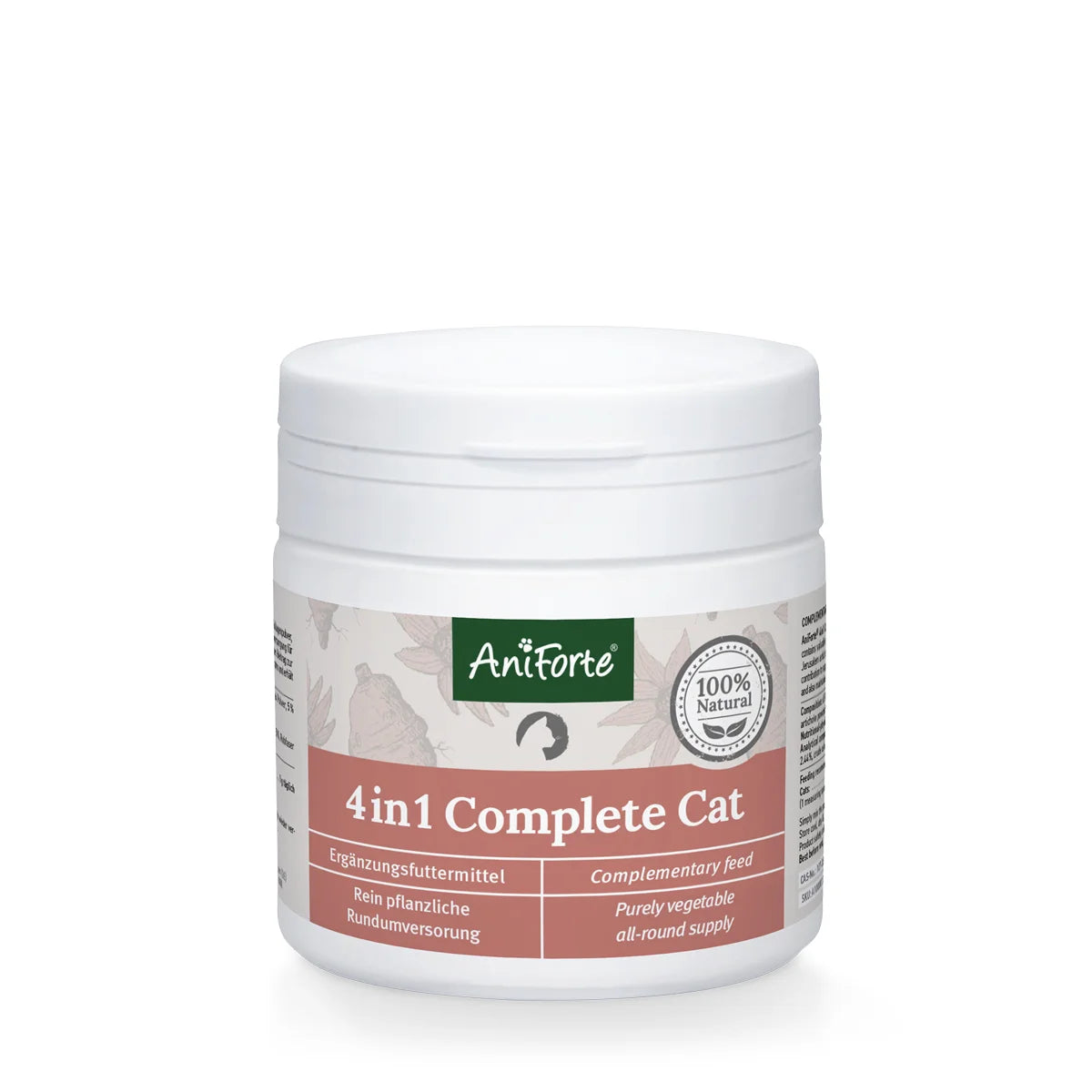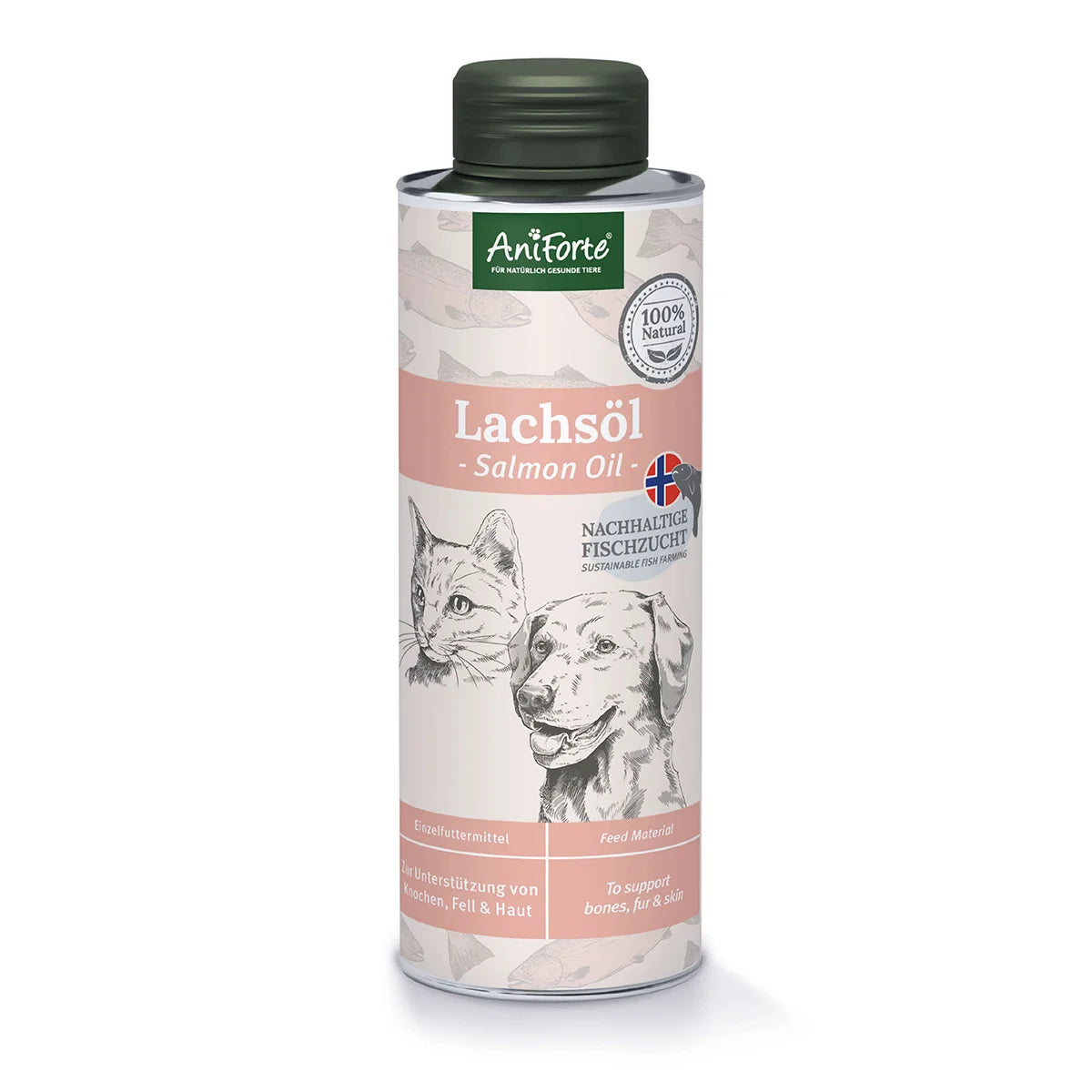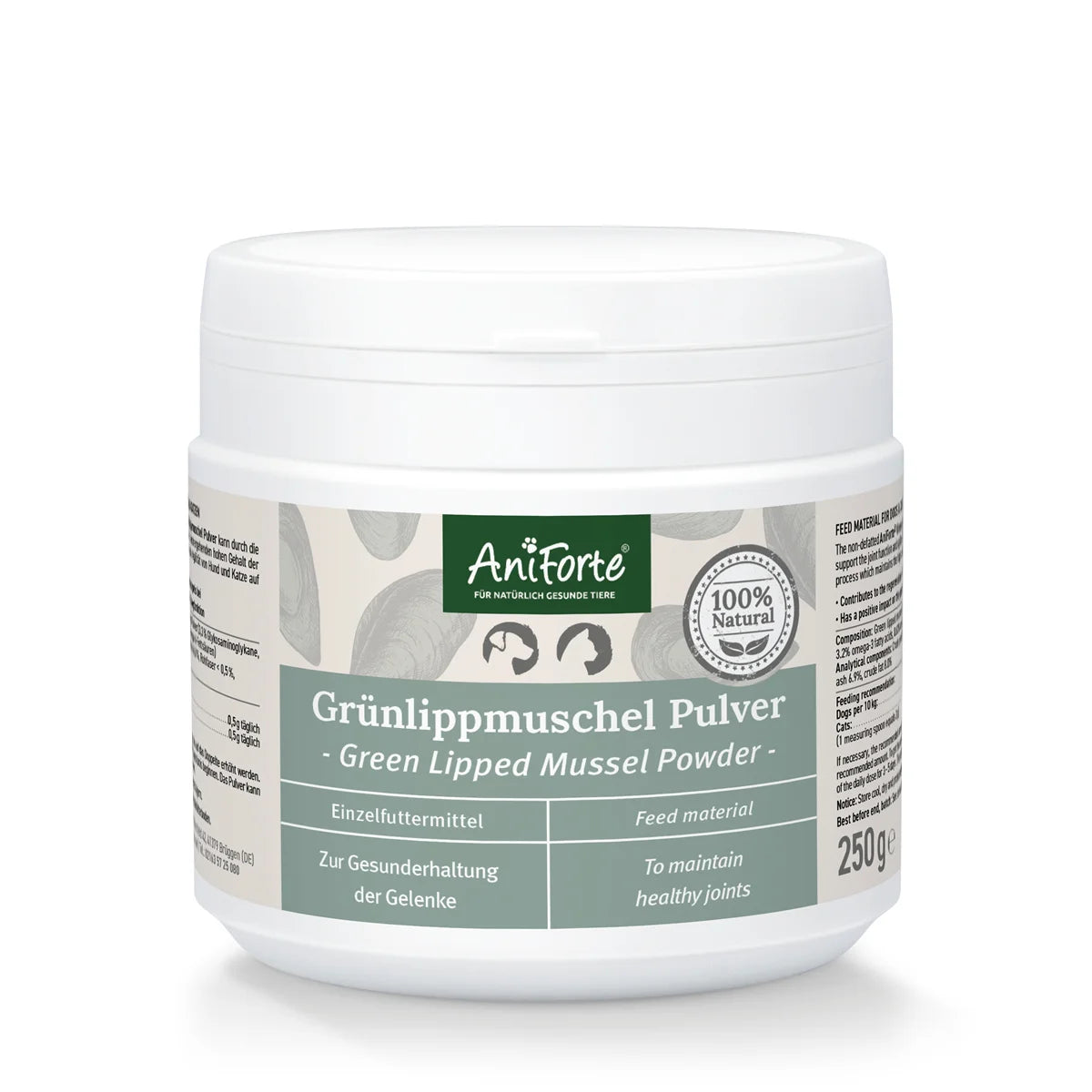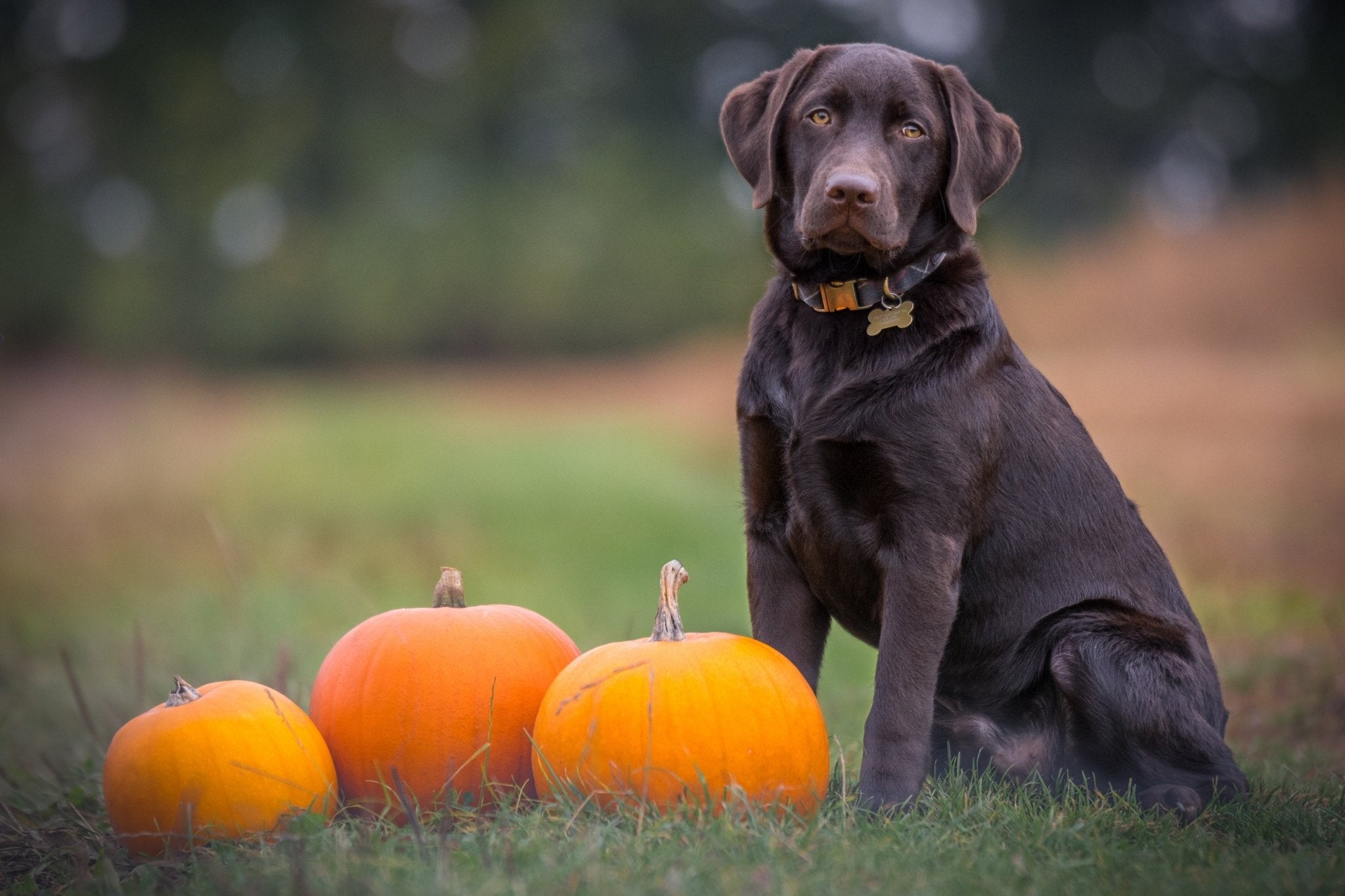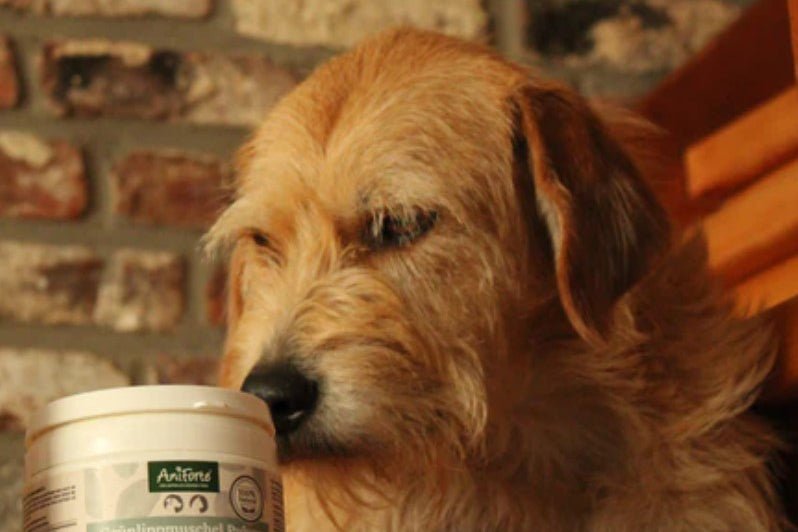
If your pet has gained a little too much weight, it’s time to help them slim down. Excess weight can lead to serious health issues, but the good news is that you control their diet and exercise. While achieving weight loss requires time and patience, these five tips can make the journey easier and more effective.
1. Adjust Snacks and Meals
Take a gradual approach to reducing your pet’s calorie intake. Extreme measures like skipping meals or crash diets can cause stress and heightened hunger. Instead:
- Cut Calories Smartly: Ensure calorie intake is lower than calorie expenditure.
- Eliminate or Reduce Snacks: Treats like liver sausage, cheese, or pig ears should be removed or compensated for by reducing meal portions.
2. Track Weight Loss Progress
Monitoring your pet’s progress ensures they lose weight healthily.
- Set Goals: Note their starting weight and target weight, then track weekly changes.
-
Safe Weight Loss Rates:
- Dogs: No more than 2% of body weight per week, with even less for older dogs.
- Cats: Aim for 1-2% of body weight per week to avoid health complications.
- Weigh them at the same time each week for consistent results.
3. Choose the Right Food
Your pet’s diet plays a significant role in their weight loss.
- Opt for Wet Food: Wet food has lower energy density, so pets feel full with fewer calories compared to dry food.
- Avoid "Light" Foods: These may slow metabolism further and leave your pet lethargic. Instead, focus on balanced meals with adequate nutrients.
-
For Home-Cooked or BARF (Raw Feeding) Diets:
- Reduce fat, carbohydrates, and starch (e.g., potatoes, grains, rice).
- Incorporate lean meats like chicken, turkey, fish, or lean beef.
- Add low-sugar vegetables (e.g., spinach, broccoli, cucumber, lettuce, zucchini).
- Offer fruits like watermelon, raspberries, blueberries, or strawberries.
- Fiber for Satiety: Add psyllium husks or cellulose to meals. These are low-calorie, high-fiber options that promote fullness and improve digestion. Soak psyllium husks before feeding to aid digestion.
4. Prioritise Exercise
Physical activity is essential for weight loss and overall health. Tailor exercises to suit your pet’s fitness level:
-
Dogs:
- Start with short, manageable activities like multiple walks per day, incorporating slow and brisk phases.
- Swimming or water treadmills are ideal for dogs with joint issues as they build muscle while being low impact.
-
Cats:
- Outdoor cats tend to stay active, but indoor cats may need more encouragement.
- Try interactive games like food-dispensing toys, clicker training, or play with cat rods and boxes. Keeping their environment stimulating helps them burn calories.
5. Stay Consistent and Committed
Patience and persistence are crucial for long-term success.
- Avoid giving in to begging or puppy-dog eyes—stick to their diet plan.
- Monitor external food sources like trash bins, compost heaps, or birdseed that your pet might access.
- Once your pet reaches their goal weight, continue maintaining portion control and regular exercise to prevent regaining weight.
Final Thoughts
Helping your dog or cat achieve a healthy weight is not just about improving their appearance—it’s about enhancing their quality of life. By following these steps with consistency and care, you’ll set your furry friend on the path to better health, increased energy, and a happier, longer life.

